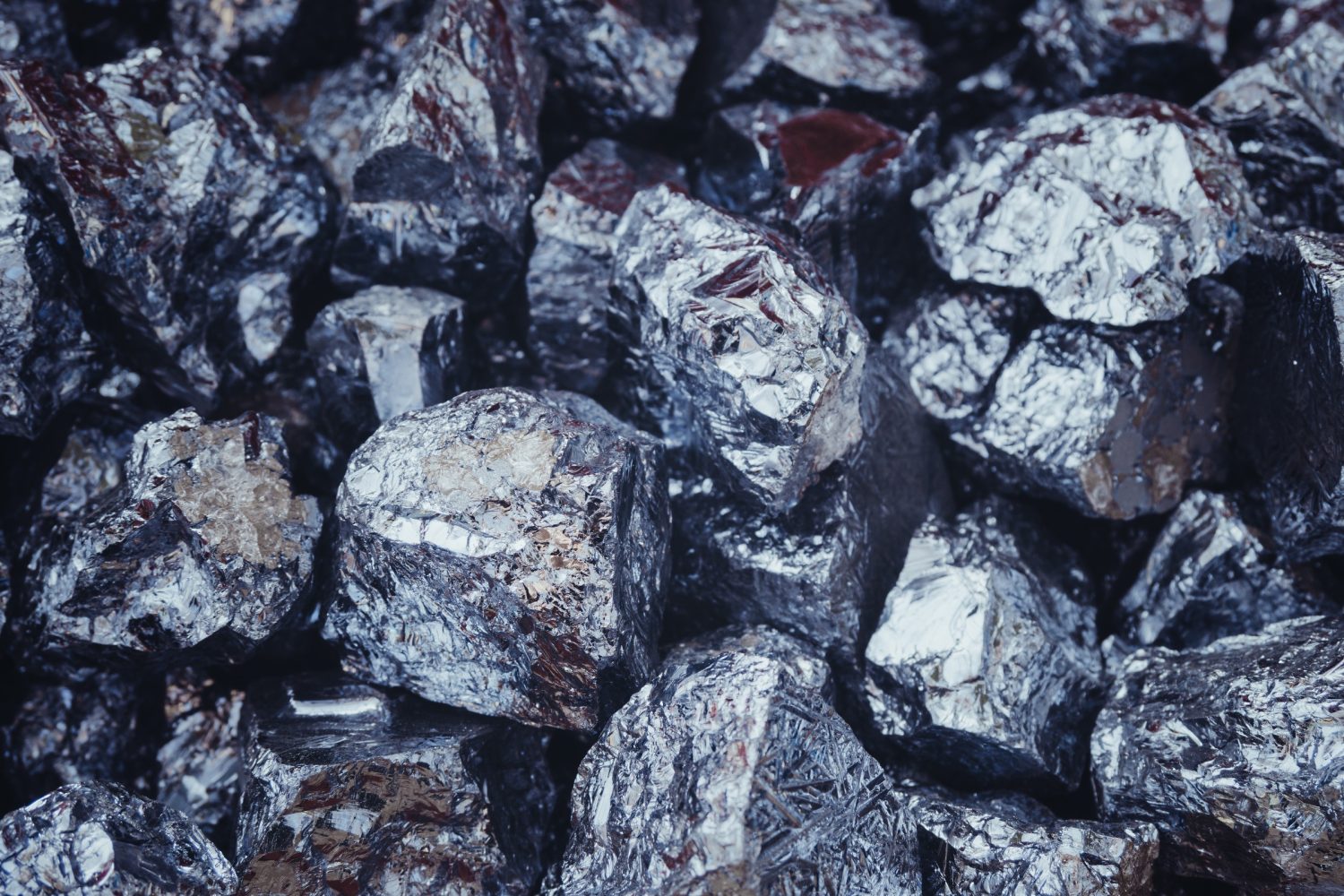Now Reading: Scientists Discover Three New Minerals Unknown to Earth
-
01
Scientists Discover Three New Minerals Unknown to Earth
Scientists Discover Three New Minerals Unknown to Earth

Quick Summary
- Researchers have discovered and catalogued three new minerals: raydemarkite, virgilluethite, and stunorthropite at Cookes Peak in new Mexico.
- These minerals are part of the 5,998 known mineral species on Earth.
- Raydemarkite has a colorless needle-like appearance and is flexible enough to bend without breaking.Virgilluethite has greenish-yellow plate-like formations that grow larger then surrounding crystals.Stunorthropite features a milky blade-like look which can replace sidwillite under certain conditions.
- The minerals are named after local researchers dedicated to studying the geology of the area.
- Although these materials had previously been synthesized in labs, this marks the first instance of their natural occurrence being documented in the wild.
- The findings provide insights into how crystalline materials form naturally versus artificially and open pathways for further research into their potential use in technologies like sensors or batteries.
Indian Opinion Analysis
The discovery of new natural minerals highlights a key advance in geological sciences that could have long-term implications for our understanding of Earth’s resources. By identifying naturally formed variants of lab-synthesized substances like raydemarkite and virgilluethite, researchers now have an opportunity to study their behavior more comprehensively under natural conditions-a crucial step for innovation across diverse fields such as renewable energy storage or material sciences.
For India, as it navigates its own abundance of geological diversity from regions like Rajasthan’s mineral wealth to Maharashtra’s basalt terrains, advancements abroad offer inspiration not only for exploration but also collaboration between geological agencies globally-potentially benefitting industries rooted heavily in rare-earth elements or enduring energy solutions locally as well over time.repeatly
























